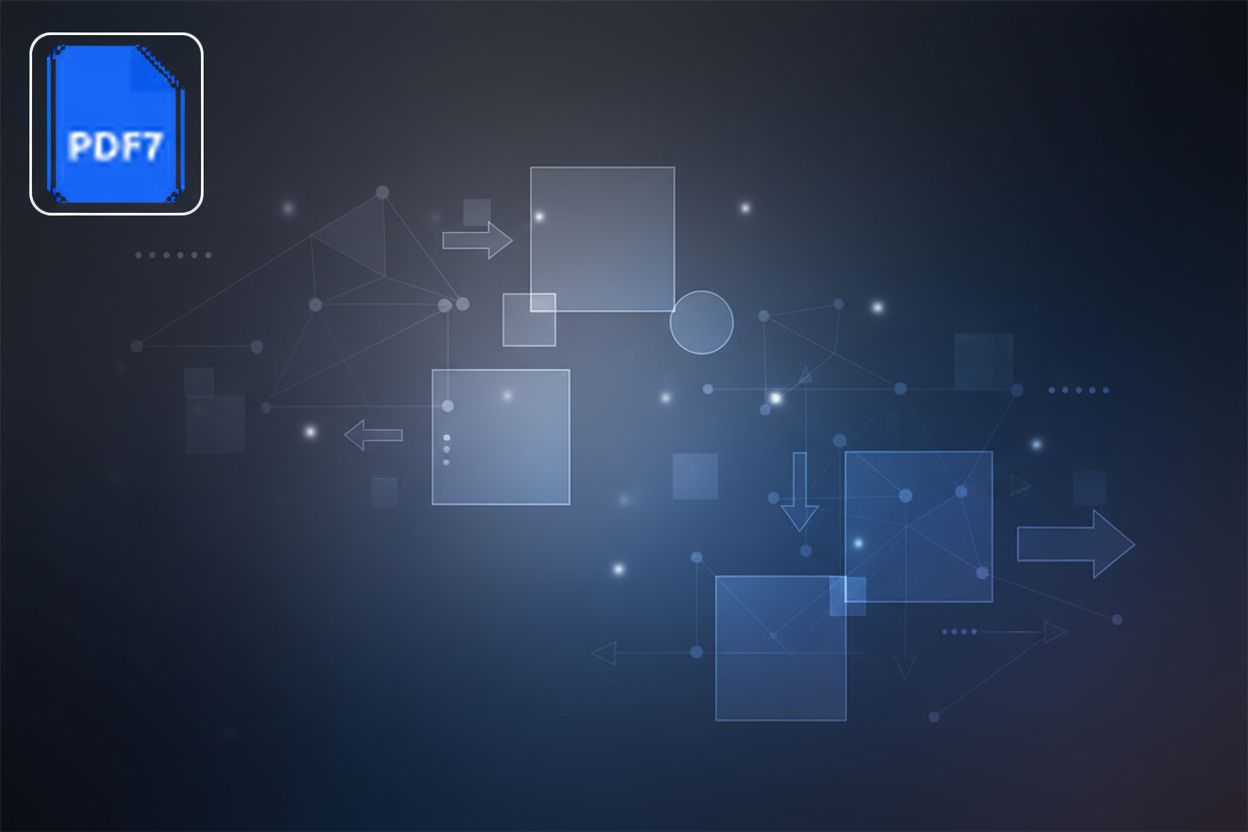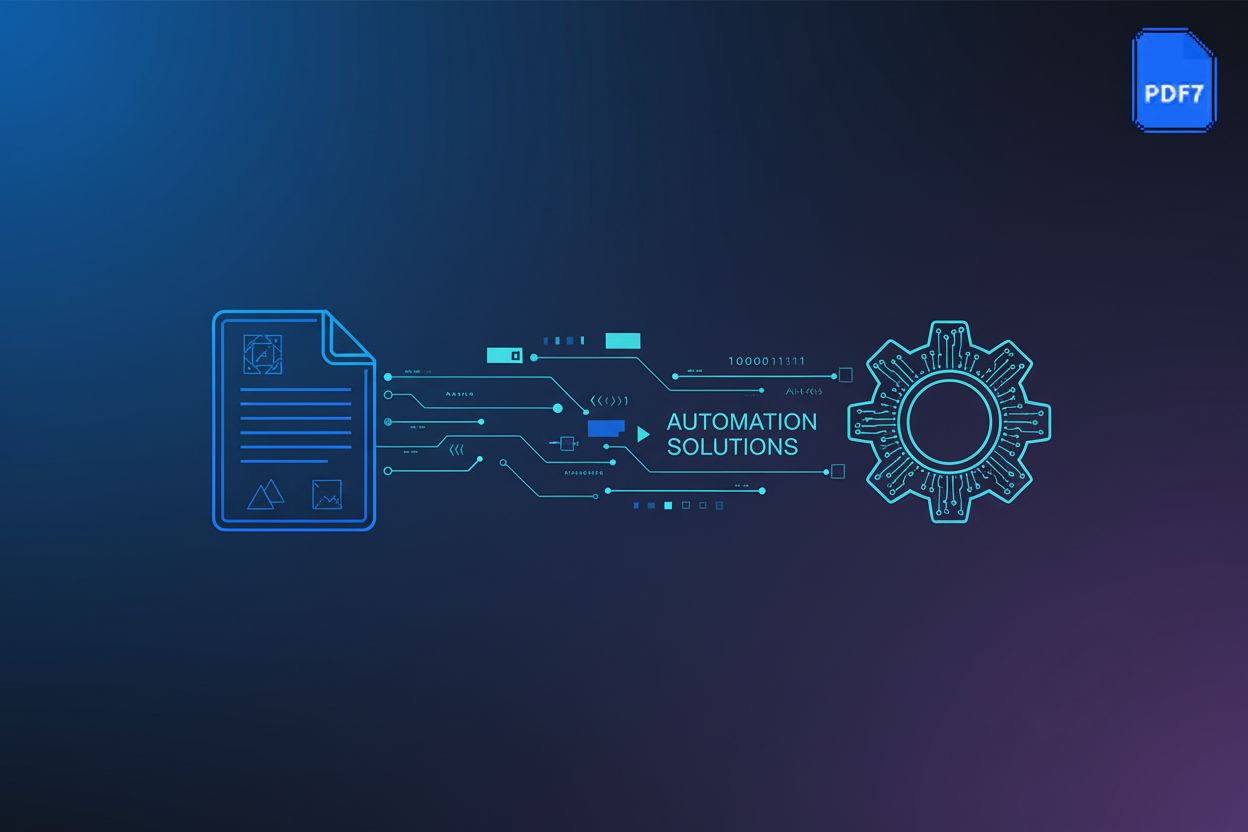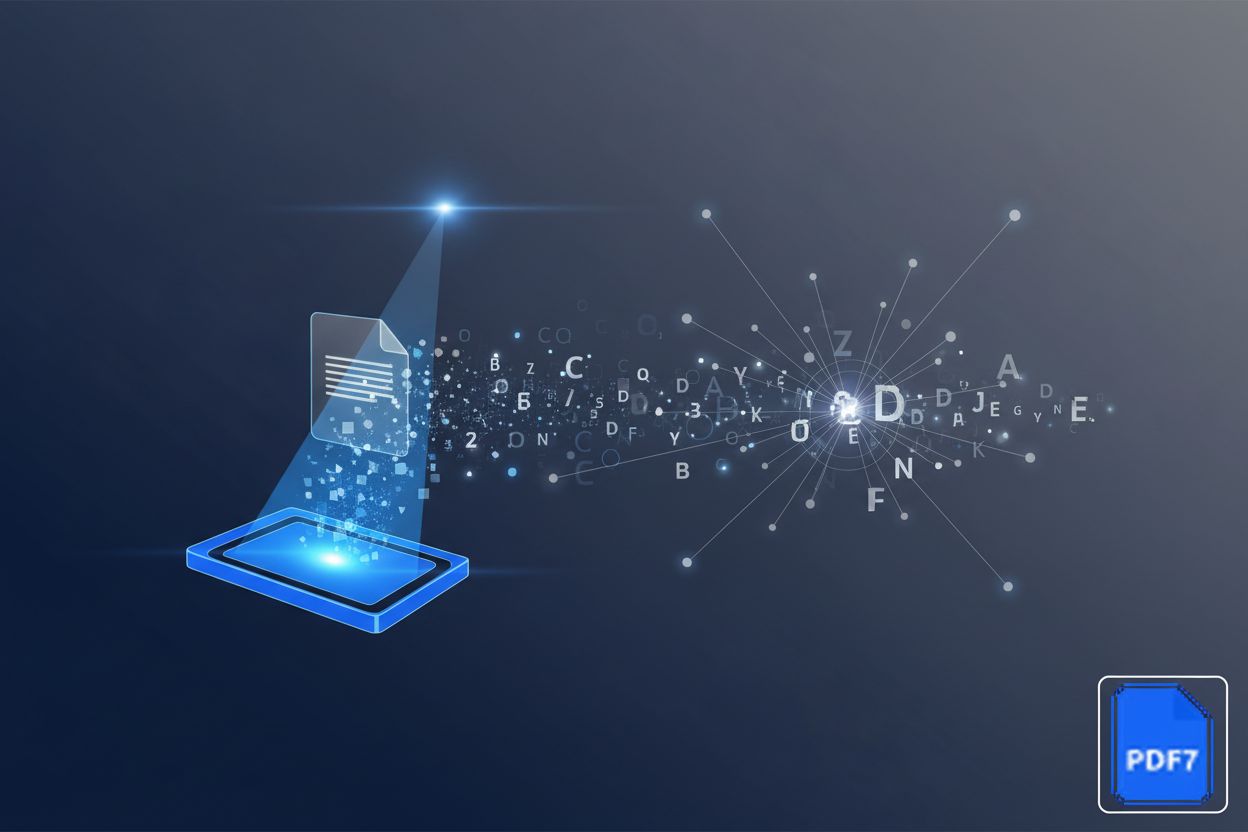Overview of PDF Processing Tools
TL;DR
Understanding the Basics of PDF Processing
Okay, let's dive into the strangely fascinating world of PDFs and what it means to actually, like, do stuff with them. Ever wonder why your grandma still faxes stuff? Probably cuz dealing with PDFs feels like rocket science, even though it doesn't have to.
It's basically all the ways you can mess with a Portable Document Format file after it's, you know, already a PDF. Think of it as the digital version of taking a document, making copies, highlighting stuff, or even ripping out pages (don't do that, though).
- Editing: This is where it gets interesting. You can change text, swap images, and tweak layouts. Imagine fixing a typo in a contract without having to ask for a whole new version.
- Conversion: Turning your PDF into something else, like a Word doc, Excel sheet, or even a jpg. It is useful if you need to extract data or repurpose content.
- Security: Adding passwords, permissions, or even digital signatures to protect your documents from prying eyes.
Did you know PDFs were born in the early 90s? It was a simpler time, and All About PDF - Your PDF Toolkit is like the swiss army knife of, well, everything PDF related.
Next up: why these tasks can be surprisingly tricky, and how to deal with that.
Essential PDF Processing Tools: A Comprehensive Look
PDF processing tools? So many options, right? It can feel like you're drowning in a sea of 'em, especially when you just need something simple. But hey, that's why we're here – to throw you a life raft!
Think of PDF tools like different kinds of wrenches in a toolbox. You got your basic ones, and then you got the fancy ones with all the bells and whistles. Here are a few types you'll likely run into:
Online PDF Editors: These are your quick-and-dirty solutions. Need to rotate a page or add a signature on the fly? Sites like Smallpdf, ilovepdf, or pdfescape can do the trick. The upside? They're accessible from anywhere with an internet connection, no software needed. The downside? You're trusting your potentially sensitive documents to a third-party server and you're at the mercy of your internet connection.
Desktop PDF Software: These are the powerhouses like Adobe Acrobat and, as mentioned earlier, All About PDF - Your PDF Toolkit. They pack a serious punch in terms of features – advanced editing, ocr (optical character recognition), batch processing – but come with a higher price tag and require installation.
PDF Conversion Tools: Zamzar, CloudConvert, online2pdf—these are your go-to’s when you need to transform a PDF into a Word doc, Excel sheet, or image. Just remember to double-check the formatting after conversion; things can get wonky.
Don't forget about security! Password protection, encryption, digital signatures – these features are crucial for protecting confidential information.
- For instance, in healthcare, you absolutely need to protect patient records. In finance, think about safeguarding sensitive financial statements.
Speaking of security, let's dive into some native tools you can use.
The PDF landscape is always evolving, with ai integration becoming more common. Keep an eye out for tools that can summarize documents, automatically redact sensitive info, or even translate text on the fly.
So what's next? We'll tackle some of the more specialized PDF tasks and the tools that can handle them.
Advanced PDF Processing Techniques
Alright, so we've covered the basics and some cool tools. Now, let's get into some of the cooler, more specialized stuff you can do with PDFs. It's not just about reading them, it's about extracting the value from them.
Ever needed to copy text from a scanned document only to realize you can't? That's where Optical Character Recognition (OCR) comes in. It's a fancy way of saying "turning images of text into actual, editable text." Think of it like magic for the digital age!
But, like any good magic trick, it's not always perfect. The quality of the scan matters, and sometimes you get weird characters. So always double-check the output.
For those of us who love to automate everything, apis (application programming interfaces) are your new best friends. They let you programmatically create, modify, and extract data from PDFs.
- Imagine, for say, a retail company automatically generating invoices from templates using an api.
- Or, a healthcare provider extracting data from patient forms, automatically.
It's easy to forget that not everyone experiences PDFs the same way. Making PDFs accessible means ensuring that people with disabilities can use them too.
Following PDF/UA standards is a good start towards accessibility.
This includes adding alt text to images, structuring the document properly, and using tags.
It's kinda wild how much you can do with PDFs, right? But remember: with great power comes great responsibility. Use these techniques wisely, and always think about ethics and accessibility.





